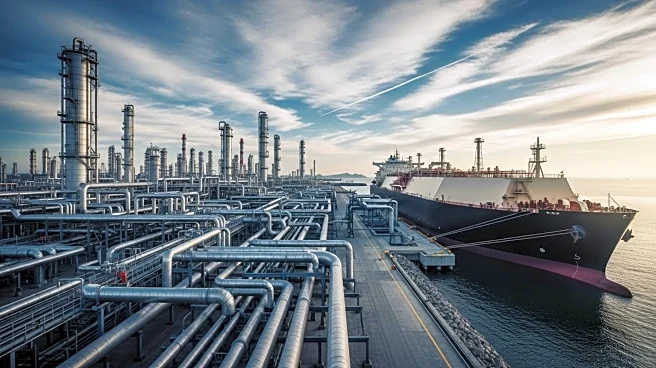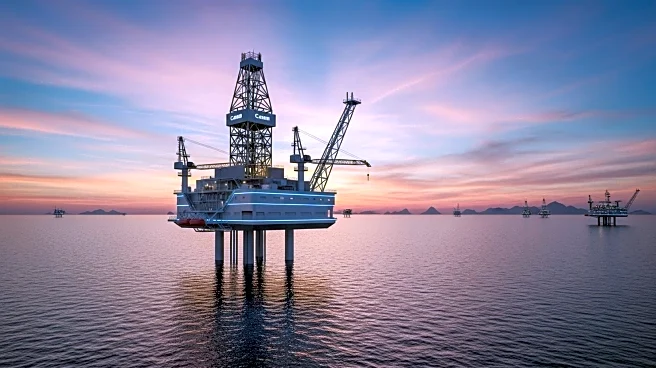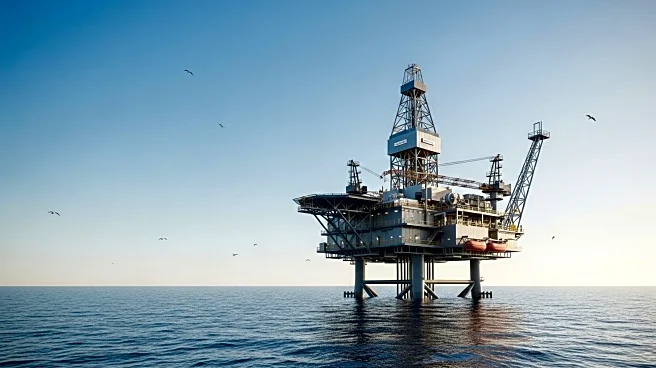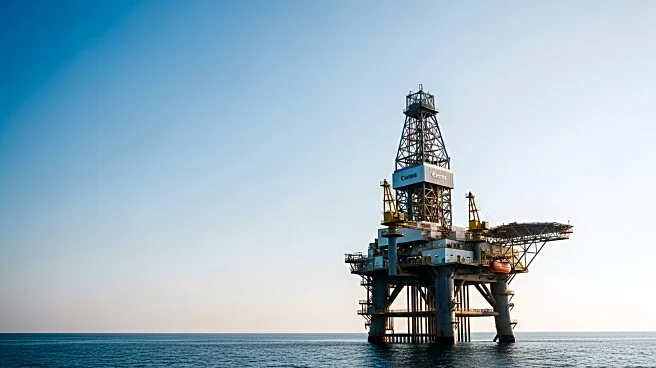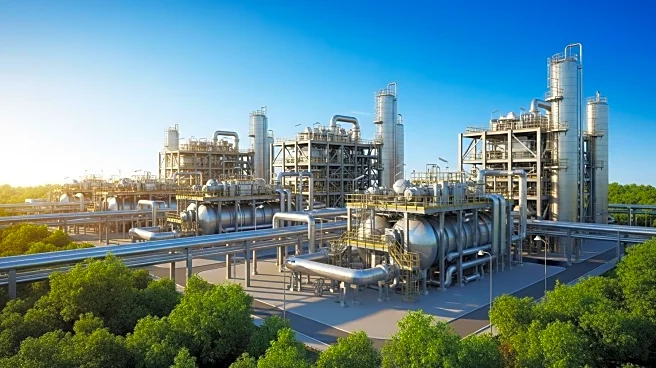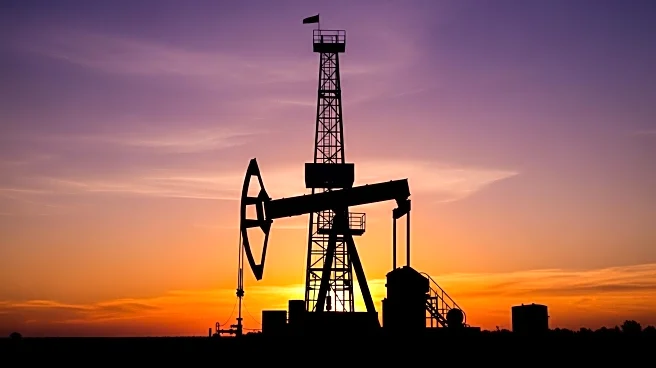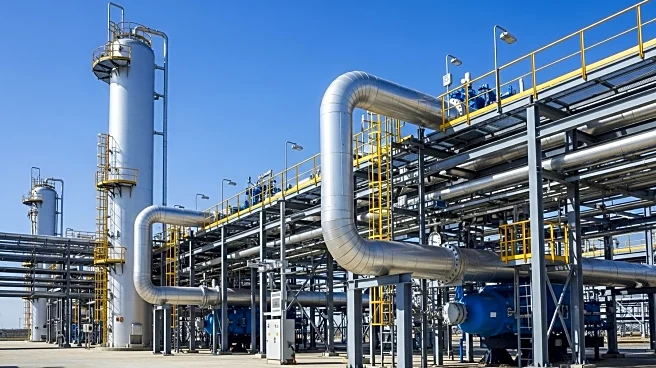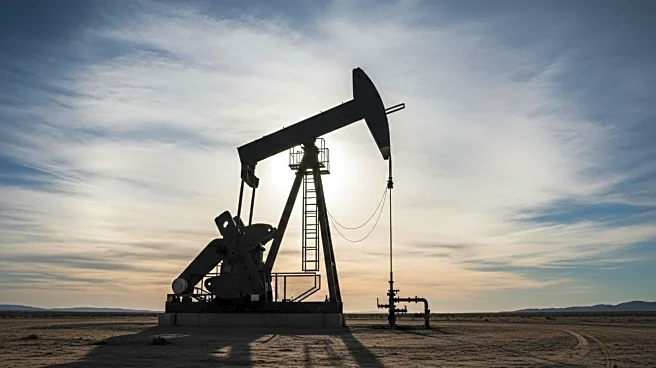What's Happening?
ConocoPhillips has entered into a Heads of Agreement (HOA) with Equatorial Guinea to develop offshore Blocks B/4 and EG-27. This deal is expected to unlock up to $9 billion in investment, supporting the country's ambition to expand its role as a regional gas processing hub. The agreement involves ConocoPhillips, the Ministry of Hydrocarbons and Mining Development, national oil company GEPetrol, and state gas firm SONAGAS. The partners have six months to finalize Production Sharing Contracts, with the projects projected to deliver more than 20 years of production. The blocks are estimated to hold significant gas reserves, which will supply new volumes to the Punta Europa complex, the country's flagship gas processing and LNG export hub.
Why It's Important?
The agreement marks a significant step in Equatorial Guinea's Gas Mega Hub initiative, aimed at monetizing stranded and associated gas from domestic and regional sources. By channeling additional feedstock to Punta Europa, the partnership with ConocoPhillips is expected to reinforce the hub's long-term viability and expand the country's role in global LNG markets. For ConocoPhillips, the deal underscores a growing footprint in African gas plays, with Equatorial Guinea positioning itself as a key partner. The projects are expected to generate hundreds of millions of cubic feet of gas per day once developed, supporting both national consumption and LNG exports.
What's Next?
The government of Equatorial Guinea is preparing to launch its 2026 licensing round, introducing new exploration opportunities while reviewing hydrocarbons, tax, and labor laws to create a more competitive environment. By combining policy reform with upstream development, Equatorial Guinea aims to solidify its reputation as a stable, investor-friendly jurisdiction in Central Africa's energy sector.
Beyond the Headlines
The involvement of ConocoPhillips follows a series of milestones, including the export of the first LNG cargo from Punta Europa in June 2025. The HOA ensures further feedstock for the complex, which has become central to Equatorial Guinea's strategy of transforming underutilized gas into export revenue, domestic power, and industrial development.

